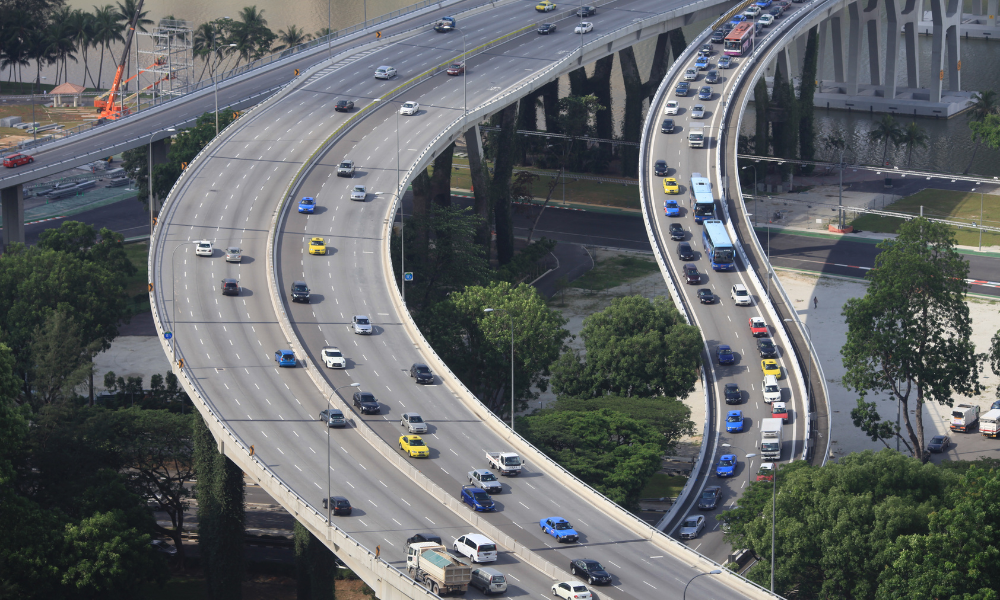“Long-Term Fallout: The Construction Industry After a Disaster”
The recent Baltimore Bridge disaster, where a collapse tragically claimed the lives of construction workers, serves as a stark reminder of the industry’s vulnerability to unforeseen events. While the immediate aftermath focuses on rescue and investigation, long-term consequences ripple throughout the construction industry, impacting everything from safety protocols to project costs and public trust. Here are some of the long-term impacts after such an event:
1. Heightened Scrutiny and Regulatory Burden:
Disasters like this trigger increased scrutiny from regulatory bodies. Investigations aim to pinpoint the cause, leading to stricter regulations and enforcement. This can involve more rigorous inspections, changes to material specifications, or updated safety procedures. While these measures are crucial for preventing future tragedies, they also add time and cost to projects.
2. Insurance Costs and Project Delays:
Insurance companies react to high-profile accidents by reevaluating risks and potentially raising premiums for construction projects. This can significantly impact project budgets, forcing companies to absorb the additional costs or pass them on to clients, potentially causing delays as negotiations stall. Additionally, stricter regulations might lead to project delays as companies adapt to new safety protocols and secure necessary permits under heightened scrutiny.
3. Workforce Morale and Skilled Labor Shortage:
Construction accidents can have a devastating impact on worker morale. Witnessing or being involved in a tragedy can lead to fear, anxiety, and a reluctance to return to work. This can exacerbate the existing skilled labour shortage in the industry, as workers might seek employment in perceived safer sectors. Attracting and retaining a qualified workforce becomes even more challenging, potentially driving up labour costs and impacting project timelines.
4. Public Perception and Project Approvals:
Bridge collapses and other construction disasters erode public trust in the industry’s ability to prioritize safety. This can lead to increased opposition to future infrastructure projects. The public might demand more stringent environmental impact assessments and rigorous safety plans before approving new construction initiatives. These hurdles can stall project development and add significant delays to much-needed infrastructure improvements.
5. Innovation and Investment in Safety Measures:
While disasters have a negative impact, they can also act as catalysts for innovation. The construction industry might see increased investment in new technologies and protocols designed to enhance safety. This could involve advancements in bridge inspection techniques, the development of improved safety gear for workers, or the adoption of digital tools for real-time monitoring of infrastructure health.
Here we can see the ripples that such a large and well-documented event can have on an industry as a whole. The Baltimore Bridge disaster, though tragic, presents an opportunity for the construction industry to learn and improve. By working collaboratively with regulatory bodies, prioritising safety through innovation, and maintaining open communication with the public, the industry can rebuild trust, navigate the long-term consequences, and emerge stronger and more resilient.
Degafloor provides fast-curing resin flooring solutions to a wide range of industrial and commercial sectors. Our outstanding resin offer includes resin flooring systems, car parking decking systems, road solutions and pothole repair system DegaFill. To find out more, please contact our friendly team today by phone:+44 (0)1778 342545 or email:info@degafloor.com


